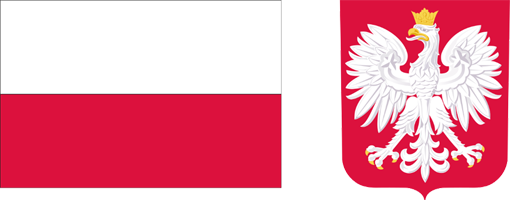Current issue
Archive
About the Journal
Aims and Scope
Advisory Board
Members of the editorial board
List of reviewers
Publishing process
Publishing Ethics and Malpractice Statement
Personal data protection (GDPR)
Creative Commons License
CrossRef Member / Similarity Check
For Authors
Guidelines for authors
Submitting a manuscript through the editorial system – step by step
For Reviewers
Peer review process
Guidelines for reviewers
Submitting a review – step by step
Contact
RESEARCH PAPER
DIFFERENTIATION OF THE ECONOMIC SITUATION AND THE POTENTIAL OF SEMI-SUBSISTENCE FARMS FOR DEVELOPMENT
1
Szkoła Główna Gospodarstwa Wiejskiego Warszawa
Acceptance date: 2010-03-21
Publication date: 2010-03-21
Zagadnienia Ekonomiki Rolnej / Problems of Agricultural Economics 2010;322(1):58-74
ABSTRACT
The agrarian structure in Poland is characterised by duality: there is a small number of economically strong, market-oriented farms which develop relatively fast, but on the other hand – many small farms which, however, fulfil various socio-economic roles. Within the latter group, the semi-subsistence farms can be distinguished, whose production is intended partly for the market, and partly for own consumption. The authors made an attempt to analyse the diversity as well as the chances of development of the farms belonging to this group and to assess the possibility of moving up into the group of market-oriented farms.
The sample was divided into four sub-groups by degree of their openness to market, also considering the agricultural character of the activities and the economic potential of the farms. The results of the analysis showed that there are relatively more farms classified as “problematic” and “without chances” than those classified as “recreational” or “developing”. Logistic regression allowed for the evaluation of the probability of the shift to the “developing” group. According to the results, the only statistically significant variables having an impact on the move to the “developing” group were: “the share of agricultural income in disposable income” and “target valuation <to persuade the heir into taking over the farm>”.
We process personal data collected when visiting the website. The function of obtaining information about users and their behavior is carried out by voluntarily entered information in forms and saving cookies in end devices. Data, including cookies, are used to provide services, improve the user experience and to analyze the traffic in accordance with the Privacy policy. Data are also collected and processed by Google Analytics tool (more).
You can change cookies settings in your browser. Restricted use of cookies in the browser configuration may affect some functionalities of the website.
You can change cookies settings in your browser. Restricted use of cookies in the browser configuration may affect some functionalities of the website.



